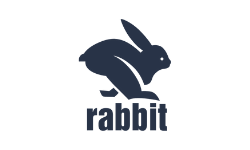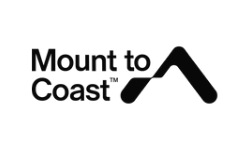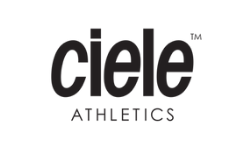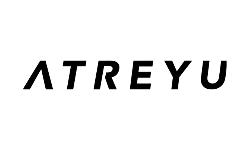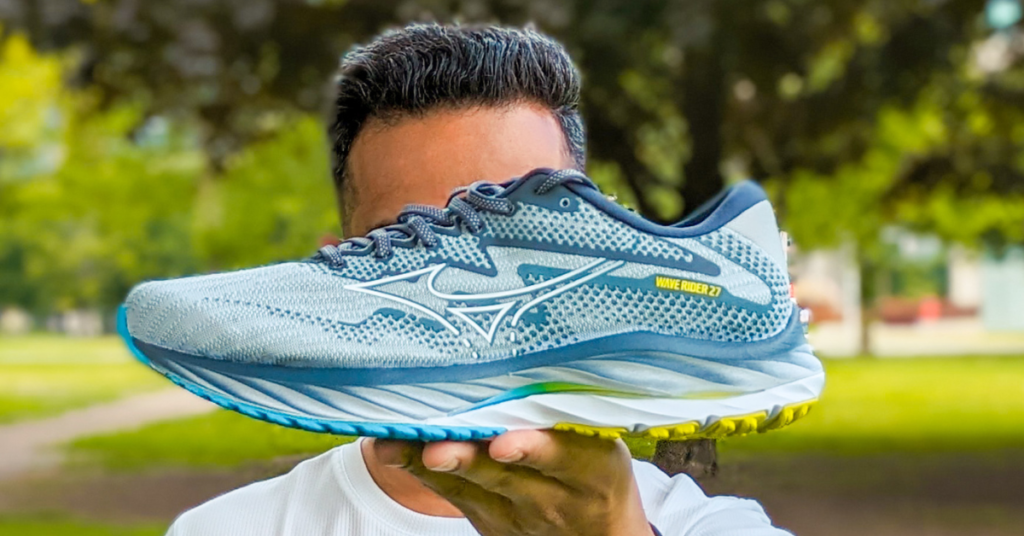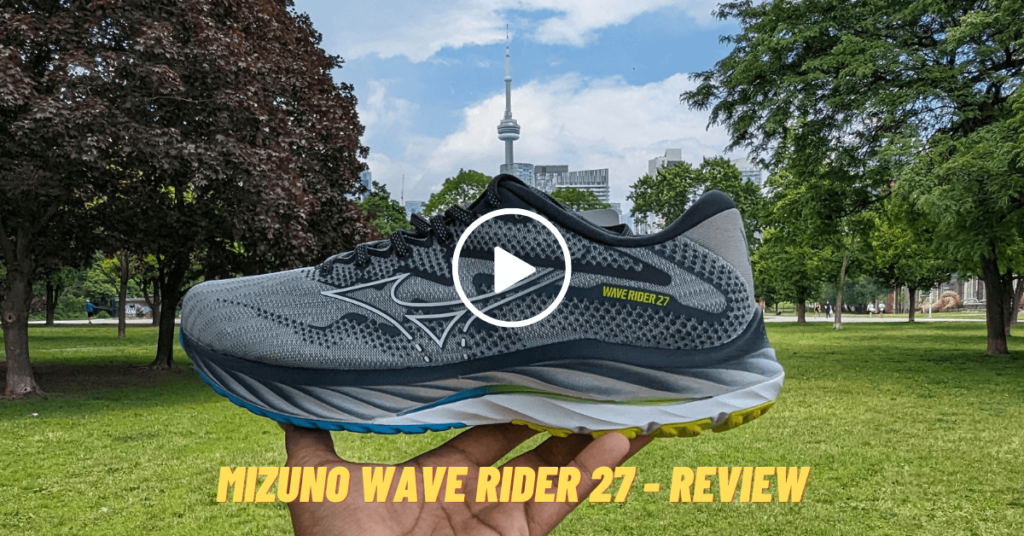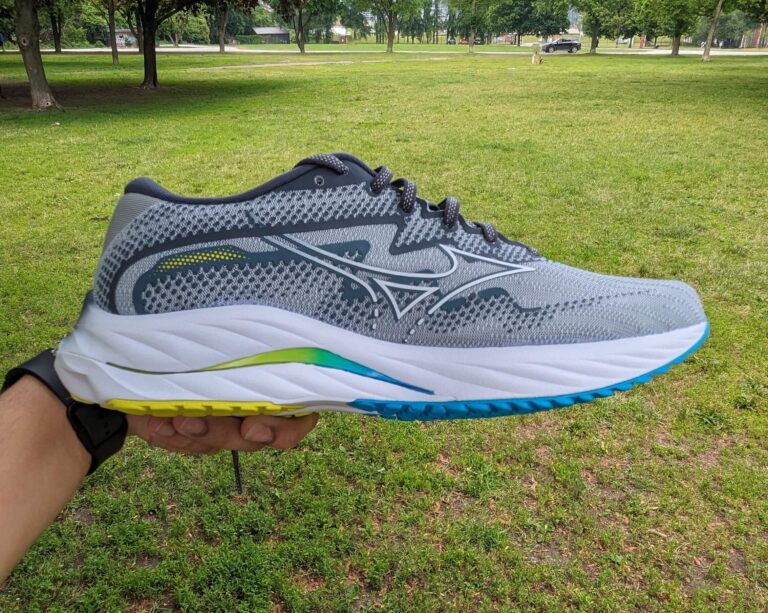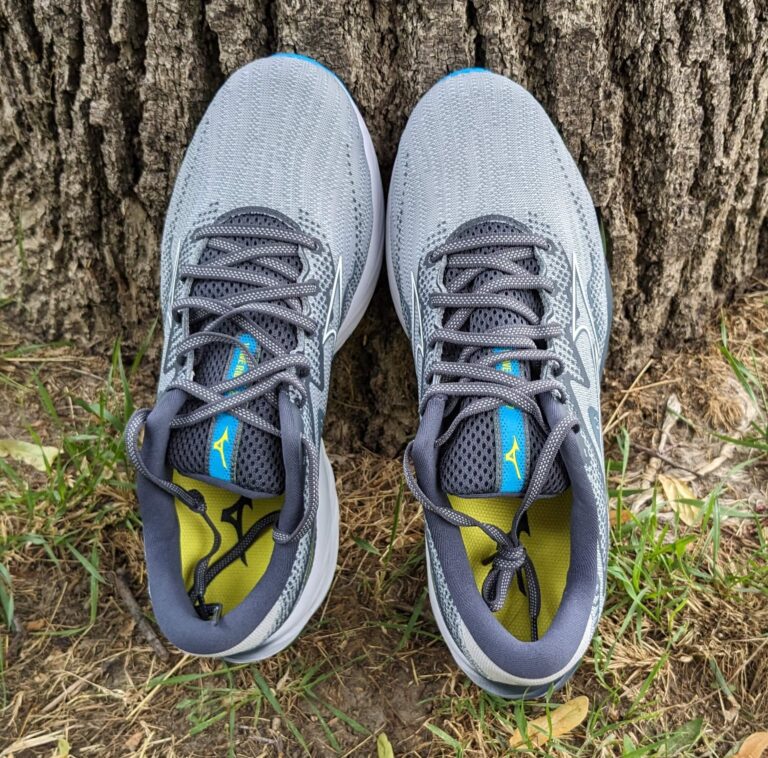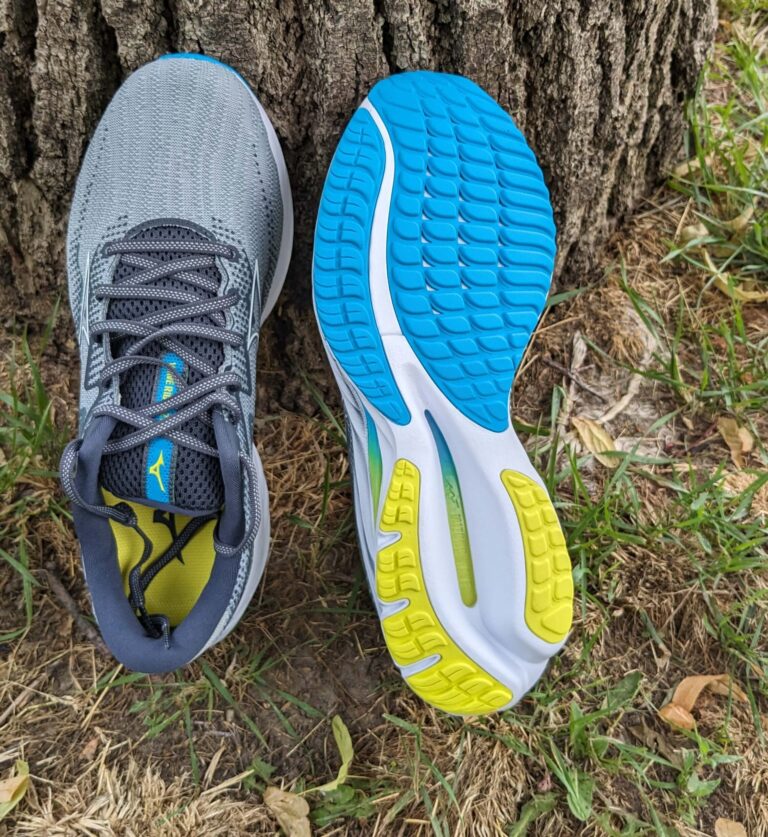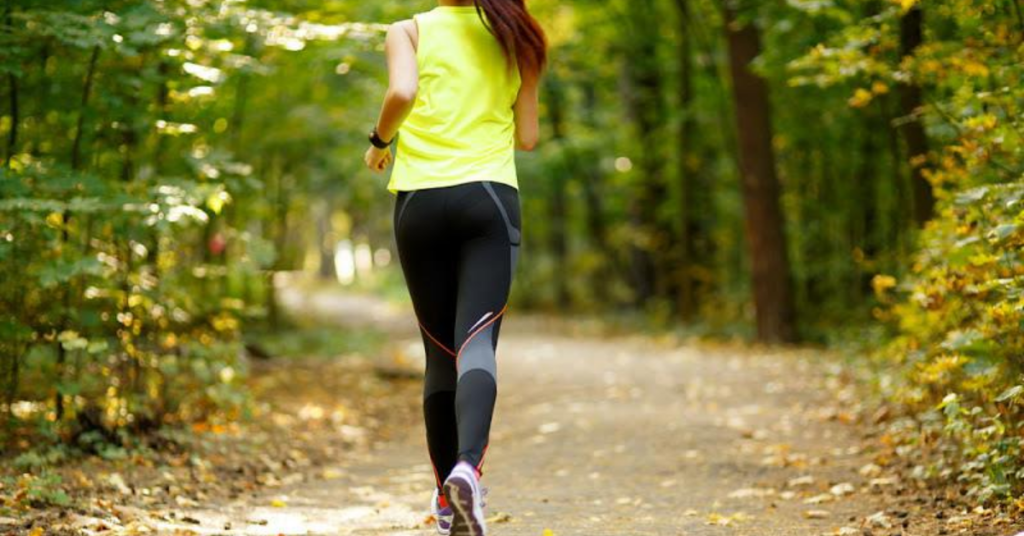The Best Indie Running Brands You Need to Know
In the vast landscape of the running industry, Indie running brands have emerged as a refreshing alternative to mainstream athletic companies. But what exactly are Indie brands?
Simply put, these are independently owned, often smaller to midsize companies that bring a unique, innovative approach to running gear. Unlike the giant corporations, Indie running brands focus on crafting products with a distinct personality, blending style, performance, and often a deep commitment to sustainability. Their direct-to-consumer model and savvy use of social media have allowed them to connect deeply with a modern audience that values authenticity and innovation.
Founded: 2020
Founders: Louis-Philippe & Nick Martire
Mission: A standout among Indie Running Brands, Norda is revolutionizing trail running shoes with their use of Dyneema®, the world’s strongest fiber. This Canadian brand is committed to sustainability and performance, offering durable, lightweight shoes designed to endure the toughest conditions while reducing environmental impact.
Founded: 2015
Founders: Monica DeVreese & Jill Deering
Mission: rabbit, another leading name among Indie running brands, was founded to fill a gap in the market for comfortable, functional running apparel, particularly for women. Their gear is designed with runners in mind, offering performance-driven products that also inject a bit of fun and personality into the sport.
"rabbit is a female-founded running brand that supports runners and dreamers of all levels. At rabbit, we stand out by staying true to our roots in the running community. We're not just a brand; we're a group of passionate runners who understand the needs of our customers because we're out there on the trails and roads with them. Our commitment to high-performance, premium apparel, and footwear, coupled with our focus on building authentic connections through initiatives like the RADrabbit team, sets us apart."
Monica DeVreese (Co-founder, rabbit)
Founded: 2021
Founders: Tim West & Jack Erwin
Mission: Brooklyn-based Bandit Running is a prime example of how Indie Running Brands are redefining the market. Bandit blends performance with lifestyle, creating limited-edition drops that resonate with urban runners. Their community-focused approach and stylish designs make their gear a hit both on the streets and in post-run social settings.
Founded: 2014
Founder: Matt Taylor
Mission: Tracksmith is deeply rooted in the traditions of running, a hallmark of many Indie Running Brands. Based in Boston, Tracksmith emphasizes craftsmanship and a timeless aesthetic, celebrating the amateur spirit of running with high-quality, stylish gear that harkens back to the golden era of the sport.
Founded: 2022
Mission: Mount to Coast is a technical running brand with a deep connection to the essence of long-distance running. They craft shoes designed not just for comfort but to support runners in ultra-running, helping them transcend distance and immerse themselves fully in the journey. Their mission is to inspire confidence and bravery in every step, guiding runners to discover more about themselves and their place in the world through movement.
"Mount to Coast focuses on addressing the unmet needs of the ultrarunning community rather than just trying to stand out. This commitment to solving real problems is what truly sets us apart."
Yeti Zhang (Head of Product)
Founded: 2014
Founders: Jeremy Bresnen & Mike Giles
Mission: Known for its stylish and functional running caps, Ciele is one of the Indie Running Brands that has quickly gained a cult following. Their mission to inspire movement is reflected in their products, which combine technical performance with versatile, fashionable designs.
Founded: 2015
Founder: Brice Partouche
Mission: Paris-based Satisfy blends high fashion with running culture, pushing the boundaries of what running gear can be. As one of the more avant-garde Indie Running Brands, Satisfy creates gear that’s as much a fashion statement as it is functional, appealing to runners who want to express themselves through their apparel.
Founded: 2020
Founders: Michael Doughty, Jacob Green and Jorma Seabourne
Mission: Hylo’s mission to create running shoes that don’t cost the Earth makes it a standout in the world of Indie Running Brands. This UK-based brand uses plant-based materials and innovative designs to craft shoes that are fully recyclable, offering an eco-friendly alternative without compromising on performance.
"We believe that running is a force for good and needs to be protected for future generations.
OUR VISION IS TO CREATE PRODUCTS WHERE EVERY STEP TAKEN IS TOWARDS A RENEWABLE FUTURE. PROVIDING RUNNERS WITH INNOVATIVE, HIGH-PERFORMANCE PRODUCTS BUILT TO LAST AND BE RENEWED, WITHOUT COMPROMISE."Michael and Jorma (Founders, hylo athletics)
Founded: 2003
Founder: Ding Wuhao
Mission: Although larger than some, 361 Degrees embodies the spirit of Indie Running Brands with its commitment to innovation and quality. Known for their QU!KFOAM midsole technology, this Chinese brand offers a balance of comfort, durability, and performance, making it a popular choice among runners globally.
Founded: 2020
Founder: Michael Krajicek
Mission: Austin-based Atreyu is a minimalist brand with a mission to simplify the running experience. This direct-to-consumer brand, a true representation of Indie Running Brands, offers high-performance shoes at an accessible price point, appealing to runners who appreciate transparency, innovation, and a no-frills approach to the sport.
The rise of Indie running brands in the industry
The surge in popularity of Indie Running Brands is more than a trend—it’s a movement. The COVID-19 pandemic saw a renewed interest in running, with many turning to the sport for both physical and mental well-being. According to the Outdoor Industry Association, 14.5 million more people have participated in outdoor activities since 2020, with a significant number gravitating towards running. This new wave of runners, unencumbered by traditional norms, seeks gear that reflects their individuality and values.
Indie Running Brands have successfully tapped into this market, offering products that go beyond mere functionality. Whether it’s through sustainable practices, innovative designs, or a strong connection to the running community, these brands are setting new standards and challenging the status quo. As the running industry continues to evolve, the influence of these Indie Running Brands will only grow, making the future of the sport more exciting and inclusive.
Conclusion
In an industry once dominated by a few major players, Indie Running Brands have carved out their niche by offering something different—whether it’s cutting-edge technology, eco-friendly practices, or simply a fresh take on what running gear can be. As they continue to grow and innovate, these brands are not just changing the way we run but also how we think about the sport. Whether you’re hitting the trails, pounding the pavement, or just looking to add a bit of style to your run, these Indie Running Brands have something special to offer.




